Throughout history, pottery has served as both a practical necessity and an artistic
expression of cultural identity. In villages across the globe, traditional pottery-making
techniques have been passed down through generations, each community
developing its own distinct styles, patterns, and methods.
These ceramic traditions not only reflect local materials and practical needs but also
tell stories of cultural exchange, adaptation, and artistic innovation. From the smoky
hills of Japan to the sun-baked villages of Mexico, these communities continue to
preserve and evolve their unique ceramic heritage.
Mashiko, Japan
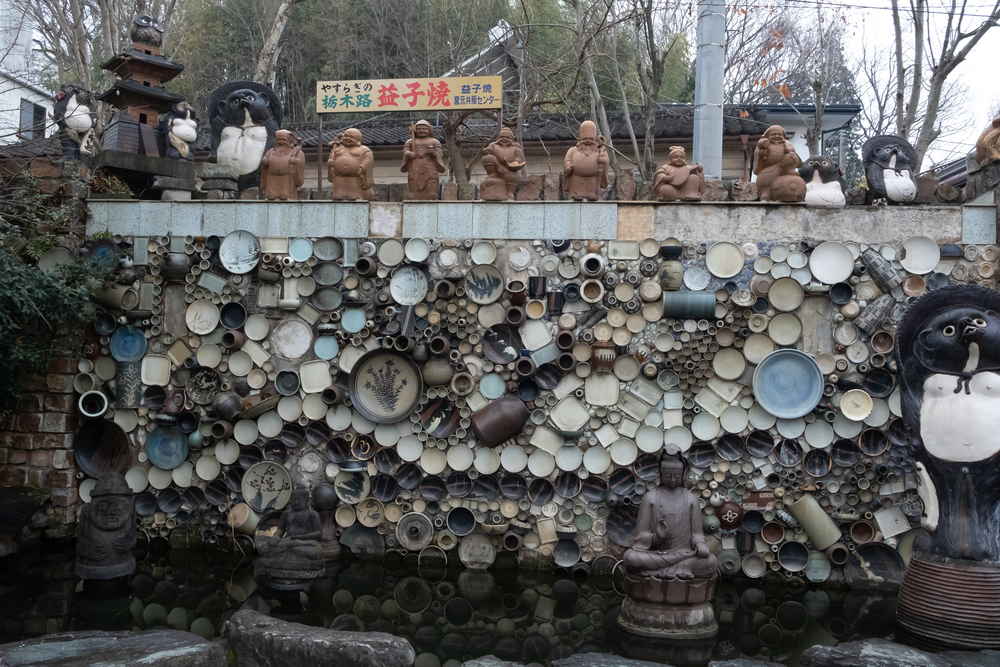
Nestled in the rolling hills of Tochigi Prefecture, Mashiko has been a pottery center
since the mid-1800s. The village’s distinctive style, championed by Living National
Treasure Shoji Hamada, combines rustic charm with refined aesthetics using local
clay and ash glazes.
Hundreds of kilns dot the landscape, while the twice-yearly pottery festival draws thousands of visitors from across Japan. The village’s commitment to mingei (folk craft) principles has created a unique environment where traditional techniques coexist with contemporary innovation.
San Bartolo Coyotepec, Mexico
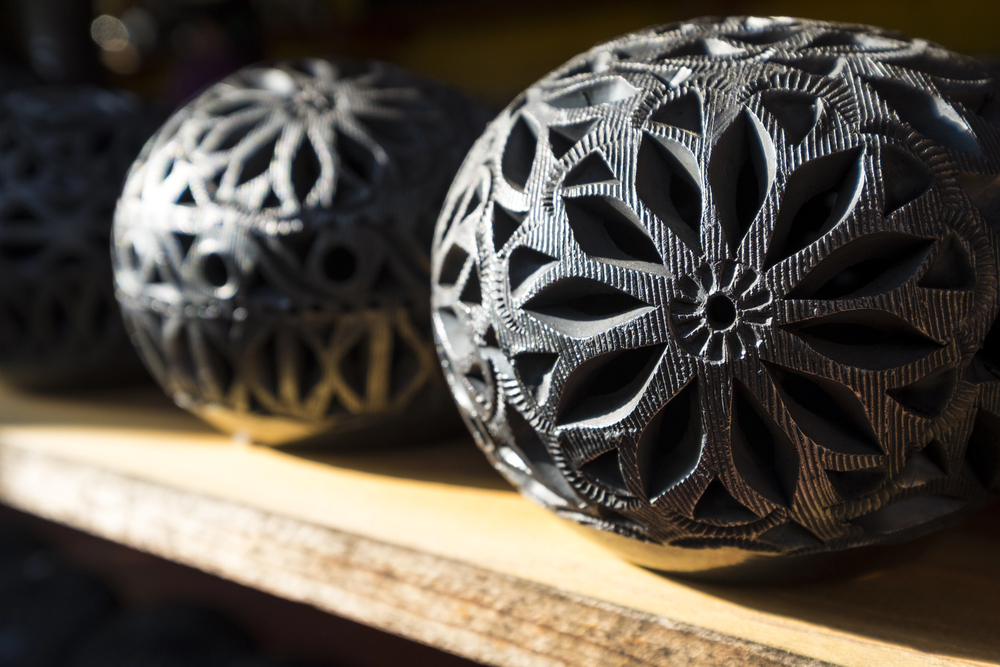
This Oaxacan village is renowned for its striking black pottery, which was created
through a unique firing process that transforms red clay into lustrous black ceramics.
Local artisans continue to use pre-Hispanic techniques, shaping pieces without a
wheel and burnishing them with quartz crystals.
The community’s signature style features intricate patterns carved into the surface of each piece. The village museum showcases the evolution of this distinctive pottery tradition alongside demonstrations by master artisans.
Like Travel Pug’s content? Follow us on MSN.
Bat Trang, Vietnam

Located just outside Hanoi, Bat Trang has been producing ceramics for over 1,000
years. The village’s proximity to high-quality clay deposits and the Red River trading
route helped establish its reputation for fine porcelain.
Local potters specialize in intricate blue and white designs, combining Vietnamese motifs with influences from Chinese and Japanese traditions. The village streets are lined with workshops where visitors can observe artists at work and try their hand at the potter’s wheel.
Dedza, Malawi

Situated in the highlands of central Malawi, Dedza Pottery has become the heart of
East Africa’s ceramic tradition. The workshop combines local clay and talent with
contemporary designs, producing distinctive pieces that reflect both African and
European influences.
Local artists create everything from traditional water pots to modern tableware, often incorporating wildlife motifs and geometric patterns. The facility includes a training center that helps preserve and evolve local pottery techniques.
La Borne, France
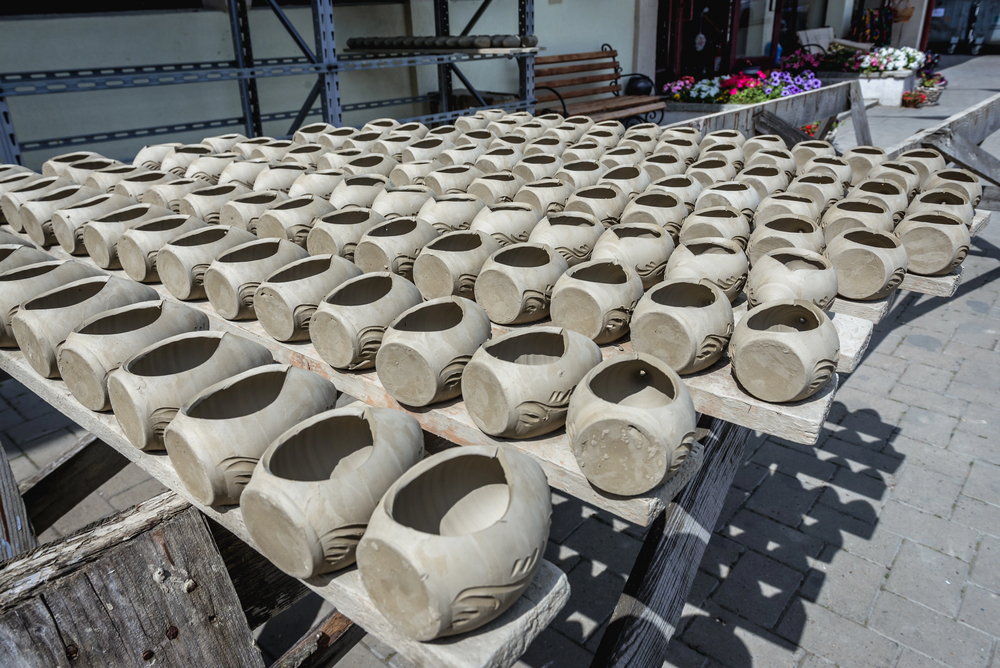
This medieval village in central France has been a pottery center since the 13th
century. Known for its massive wood-fired kilns and robust stoneware tradition, La
Borne attracts ceramists from around the world.
The village’s contemporary ceramic center hosts exhibitions and workshops while preserving traditional firing techniques. Local artists are known for their experimental approach to form and glazing, creating both functional and sculptural works.
Like Travel Pug’s content? Follow us on MSN.
Andretta, India
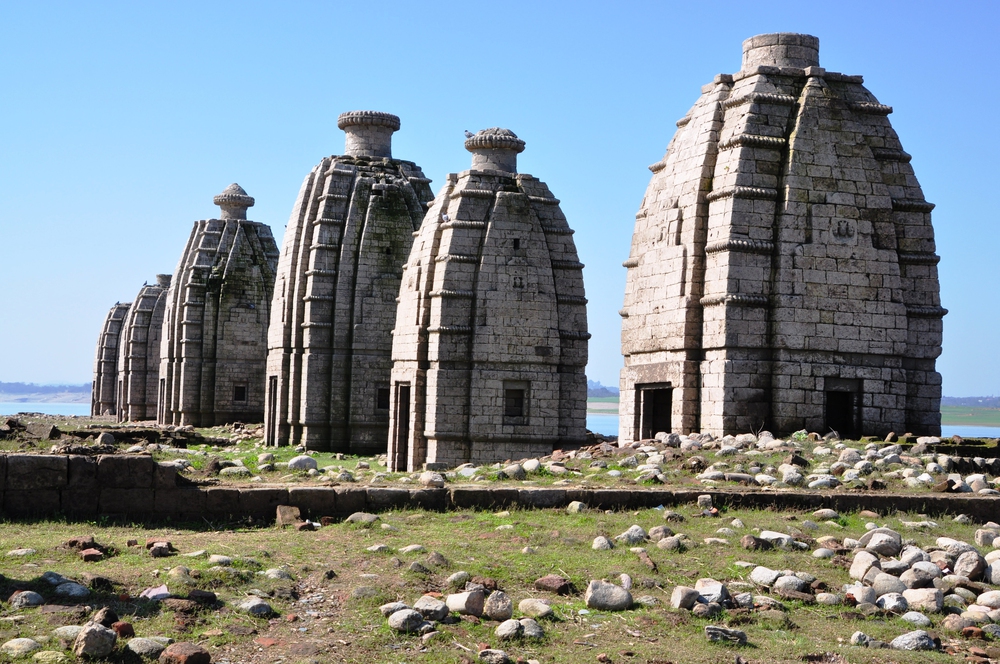
Tucked away in the Kangra Valley of Himachal Pradesh, Andretta has emerged as
an artists’ colony famous for its pottery tradition. The village’s unique style combines
local tribal motifs with contemporary designs, using clay from the nearby Dhauladhar
range.
The pottery center, established by Sardar Gurcharan Singh, continues to train
new generations of artists while maintaining traditional wood-firing techniques. The
annual pottery festival showcases works that blend indigenous craft with modern
aesthetics.
Avanos, Turkey

Situated along the Red River in Cappadocia, Avanos has been a pottery center since
Hittite times. Local artisans work with distinctive red clay from the riverbank, creating
both traditional water jugs and contemporary pieces.
The village’s underground pottery workshops, carved into soft volcanic rock, provide natural temperature control for working with clay. Many studios offer hands-on experiences where visitors can learn traditional techniques passed down through generations.
Seagrove, North Carolina

This small community in the heart of North Carolina hosts over 100 pottery studios
and kilns. The village’s tradition dates back to the 18th century when English and
German settlers discovered high-quality local clay deposits.
Local potters are known for their functional stoneware and face jugs, combining traditional techniques with contemporary glazes. The North Carolina Pottery Center preserves and documents the region’s ceramic heritage while supporting working artists.
Like Travel Pug’s content? Follow us on MSN.
Mata Ortiz, Mexico
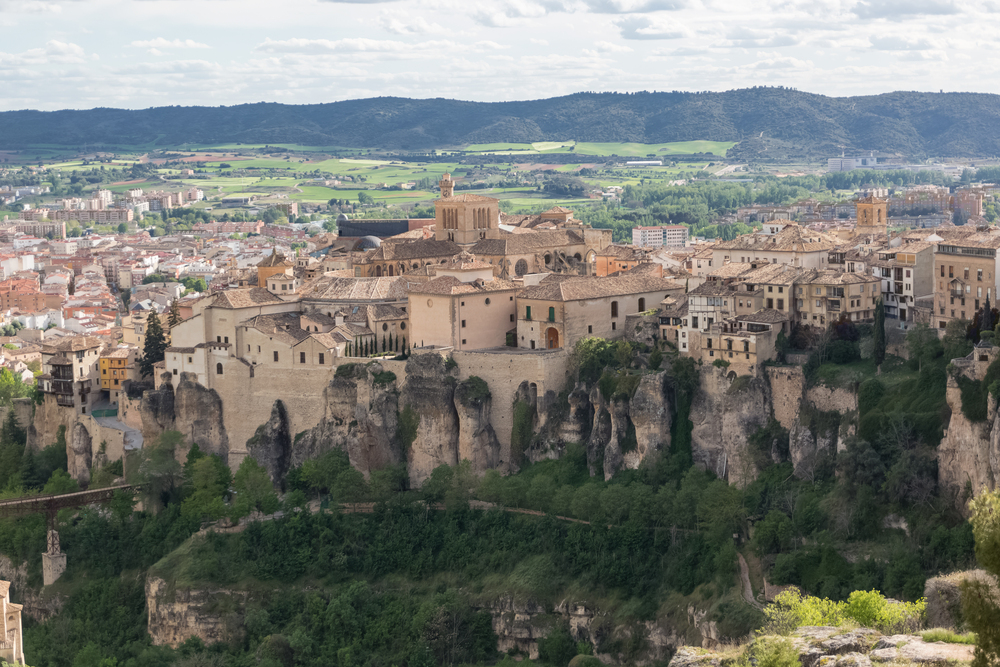
Rising from near extinction, this village’s pottery tradition was revived in the 1970s by
Juan Quezada. Inspired by prehistoric Casas Grandes pottery, local artisans create
intricately painted vessels using traditional hand-building techniques.
The village’s distinctive style features precise geometric patterns and natural pigments derived from local minerals. Each family compound typically includes multiple generations of potters working together to preserve and evolve their craft.
Tokoname, Japan
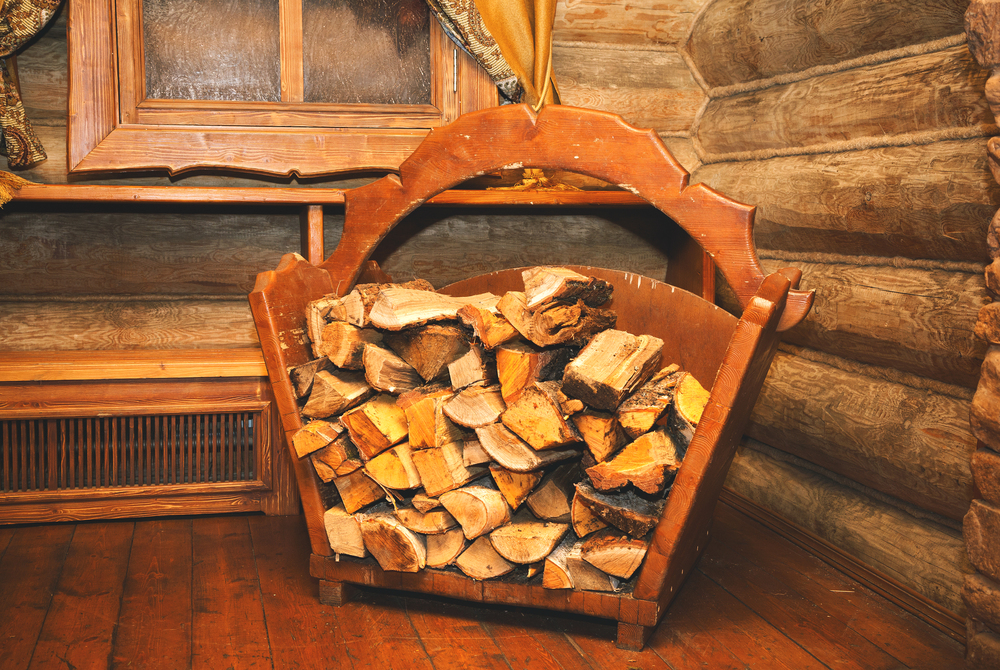
One of Japan’s Six Ancient Kilns, Tokoname, has been producing ceramics for over
1,000 years. The village is famous for its unglazed red clay teapots and architectural
tiles, created using traditional wood-firing techniques.
Walking through the pottery path, visitors can observe massive climbing kilns built into the hillside and ancient pottery shards embedded in the walls. The community’s modern ceramic artists continue to innovate while maintaining connections to traditional forms and techniques.
Pomaire, Chile
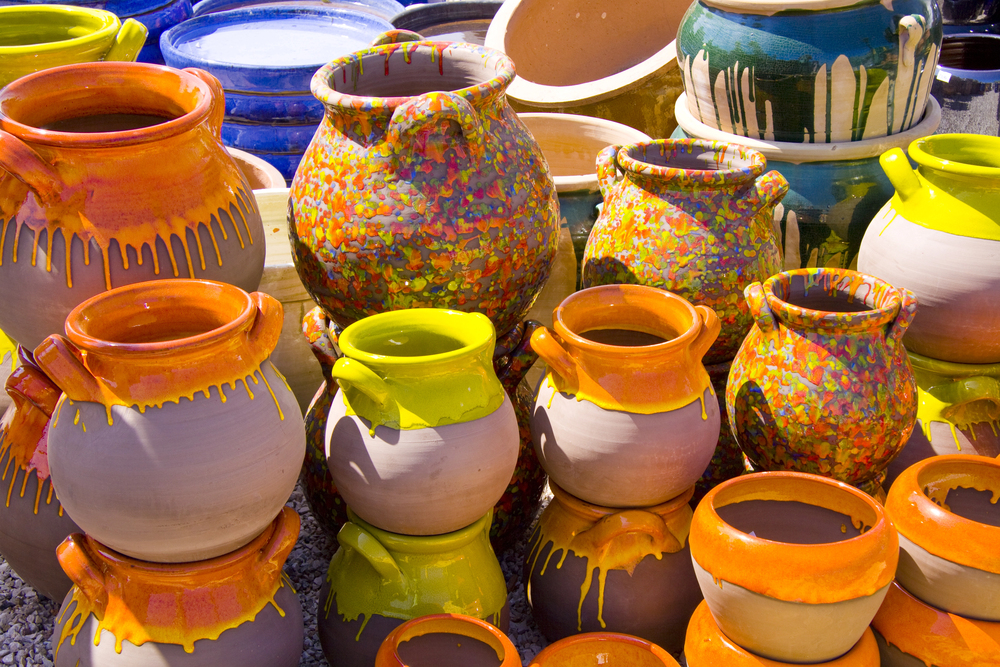
Located in central Chile, Pomaire is famous for its black clay cookware and miniature
pottery. Local artisans create their distinctive wares using clay from nearby hills,
often incorporating spiral patterns and traditional motifs.
The village’s signature cooking pots are known throughout Chile for their ability to enhance flavor and retain heat. Workshops line the main street, where visitors can watch potters work and purchase traditional pieces directly from artisans.
Like Travel Pug’s content? Follow us on MSN.
Grottaglie, Italy
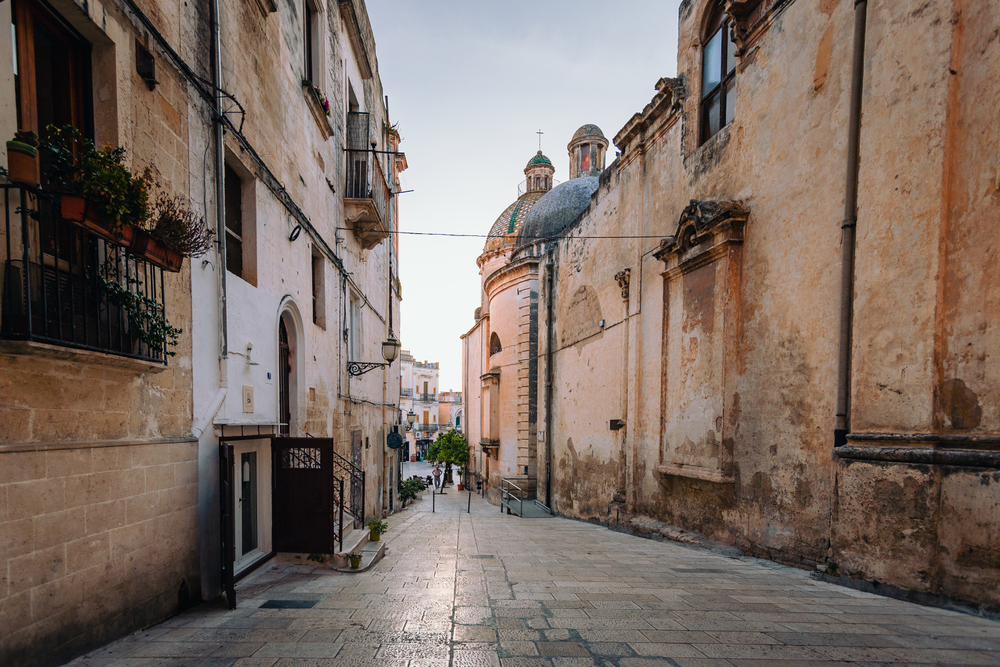
This ancient pottery town in Puglia has been producing ceramics since medieval
times. The village’s historic quarter features dozens of ceramic workshops housed in
caves and grottos carved into limestone cliffs.
Local artisans are known for their vibrant majolica glazes and traditional designs featuring fruits, flowers, and religious motifs. The Ceramics Museum showcases pieces dating back to the 8th century, demonstrating the evolution of local styles and techniques.
Thanh Ha, Vietnam
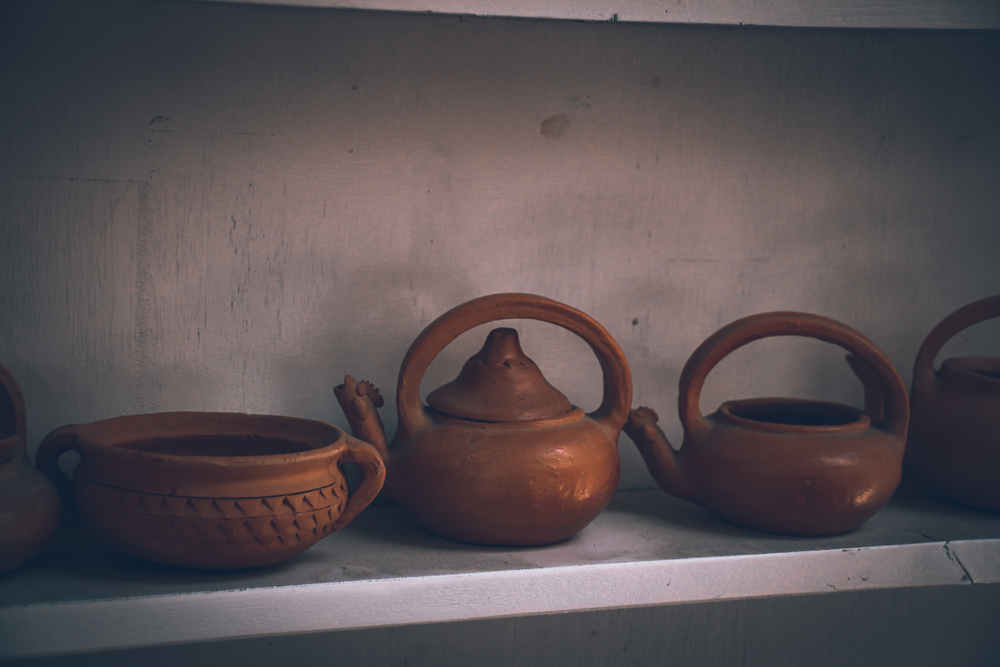
Situated along the Thu Bon River near Hoi An, Thanh Ha village has maintained its
pottery tradition for over 400 years. Local artisans create distinctive red clay pottery
using techniques passed down through generations.
The village is known for its roof tiles, water jars, and decorative pieces that incorporate traditional Vietnamese motifs. Visitors can explore the pottery village, watch demonstrations, and try traditional hand-building techniques.
Stoke-on-Trent, England
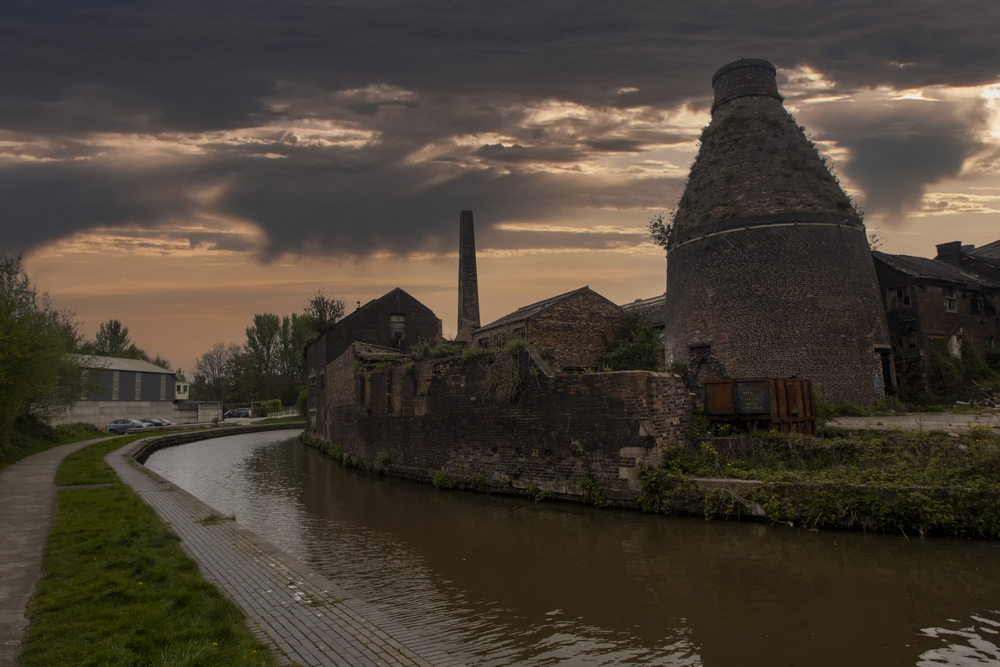
Known as ‘The Potteries,’ this collection of six towns has been at the heart of English
ceramics production since the 17th century. The area’s rich clay deposits and coal
fields supported the development of distinctive pottery styles and industrial
techniques.
Historic bottle kilns dot the landscape while working studios continue to produce both traditional and contemporary pieces. The Gladstone Pottery Museum preserves the region’s industrial heritage while supporting contemporary ceramic artists.
Like Travel Pug’s content? Follow us on MSN.
Sabah, Malaysia

In the remote villages of Sabah, indigenous Rungus women maintain ancient pottery
traditions using hand-building techniques. Their distinctive pieces feature geometric
patterns created by paddle and anvil techniques, often incorporating local motifs.
The pottery is fired in open bonfires using traditional methods that create unique
flame patterns on each piece. Community workshops help preserve these
techniques while providing economic opportunities for local artisans.
Überjois, France

This small village in Alsace has maintained its pottery tradition since the Middle
Ages. Local artisans are known for their salt-glazed stoneware and distinctive blue-
and-gray pottery decorated with cobalt oxide.
The village museum showcases traditional techniques and tools while demonstrating the evolution of local styles. Annual pottery markets bring together artists from across Europe to share techniques and showcase their work.
Yandabo, Myanmar

Located along the Irrawaddy River, Yandabo has been producing water pots for
centuries. The village’s location provides access to fine riverbank clay, while
traditional firing techniques create durable, porous containers perfect for keeping
water cool.
Every household participates in some aspect of pottery production, from clay preparation to firing. The community maintains traditional hand-building techniques while adapting to changing market demands.
Like Travel Pug’s content? Follow us on MSN.
Salvatierra de los Barros, Spain

This village in Extremadura is famous for its green-glazed pottery, created using
traditional techniques dating back to Roman times. Local artisans produce both
decorative and functional pieces, often incorporating distinctive handles and spouts.
The village’s pottery museum documents local techniques and styles while
supporting working artists. Annual festivals celebrate the community’s ceramic
heritage with demonstrations, exhibitions, and markets.
Dehua, China
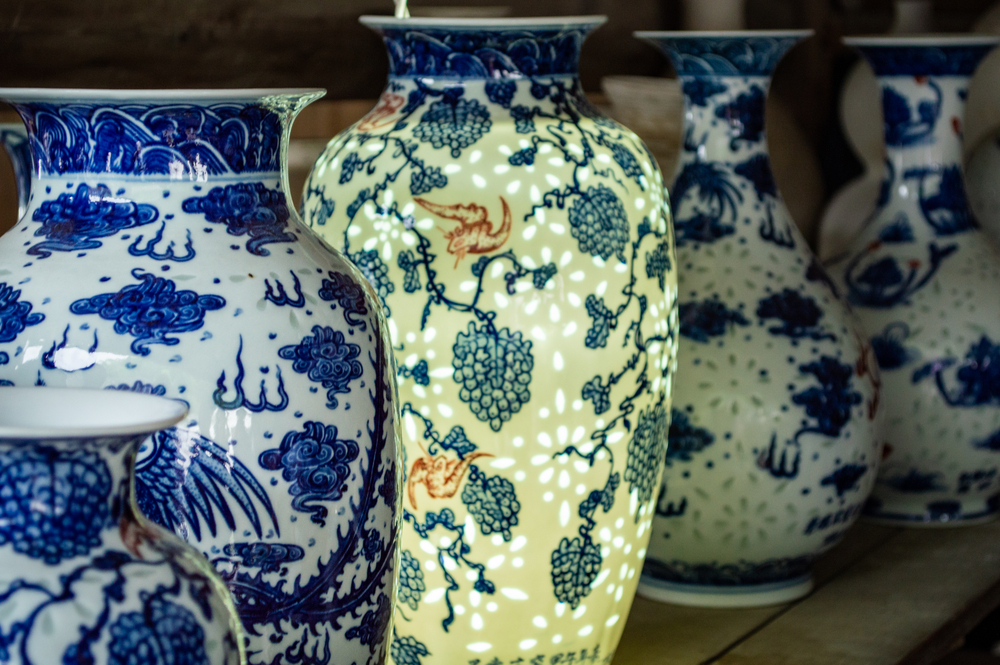
Known as the ‘Capital of White Porcelain,’ Dehua has been producing fine ceramics
for over 1,500 years. The village’s distinctive blanc de Chine porcelain is created
using local clay known for its pure white color and translucent quality.
Hundreds of family workshops maintain traditional techniques while producing both classical forms and contemporary designs. The ceramic research center supports innovation while preserving historical knowledge and techniques.
Thimi, Nepal
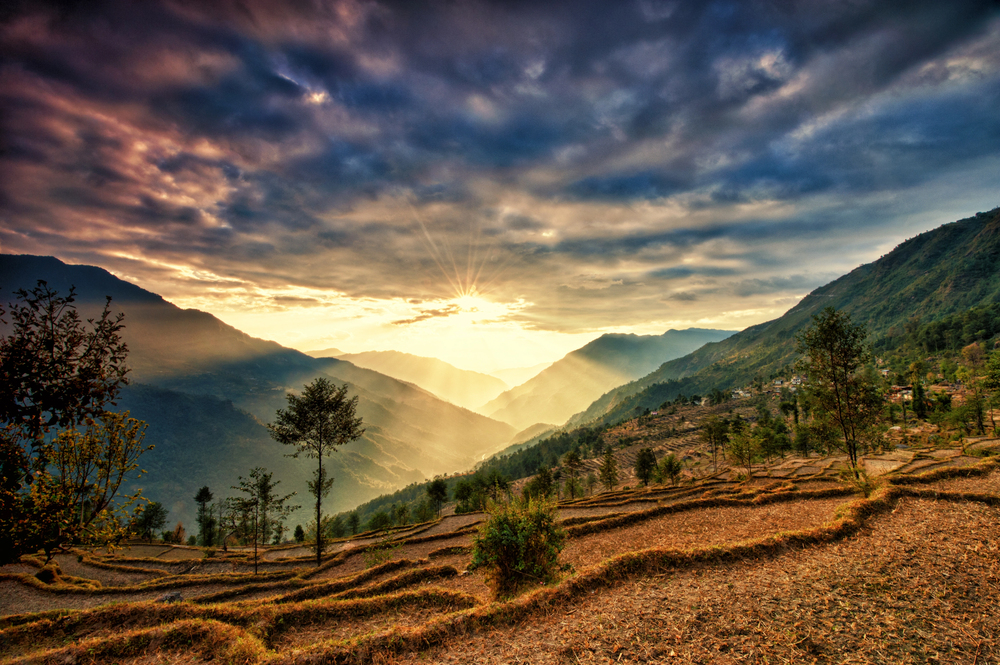
Nestled in the Kathmandu Valley, Thimi has been a pottery center for countless
generations, with entire neighborhoods dedicated to the craft. Local artisans create
everything from traditional water vessels to religious items using clay from sacred
deposits in the nearby hills.
The village is particularly known for its distinctive masks and sculptures used in festivals and ceremonies, combining pottery techniques with rich cultural symbolism. Visitors can observe potters working in open courtyards using traditional kick-wheels and age-old firing techniques passed down through family lineages.
Like Travel Pug’s content? Follow us on MSN.
Keeping Clay Traditions Alive
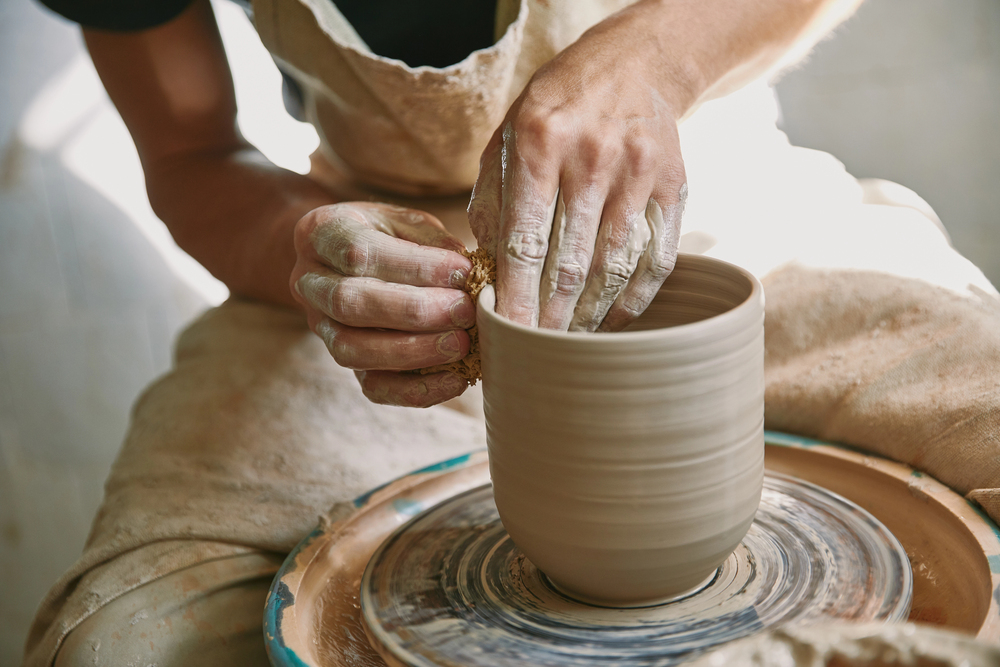
These villages represent just a small sample of the world’s rich ceramic heritage,
each offering unique insights into how communities maintain and evolve their pottery
traditions. Whether you’re a ceramics enthusiast, cultural explorer, or simply curious about traditional crafts, these destinations provide opportunities to experience living pottery traditions firsthand.
By supporting these communities and their artisans, visitors help ensure these unique ceramic traditions continue to thrive and adapt in the modern world.
More from Travel Pug

- 15 Dangerous European Cities to Avoid
- 15 Caribbean Islands Where Tourists Keep Getting Scammed
- The 20 Most Fascinating Abandoned Places: A Journey Through Time and Forgotten Spaces
- 15 Hidden Places in the Smithsonian Museums Locals Love: A Guide to Lesser-Known Treasures
- 16 Hidden Florida Beach Towns That Aren’t Overrun with Tourists
Like Travel Pug’s content? Follow us on MSN.
